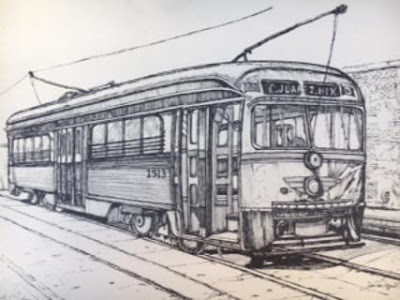The Cantina. That was the perfect name for a Southwestern style outdoor kitchen. Our guests may not be quite as colorful as those in the cantina from Star Wars, however.
 |
| Star Wars Cantina |
The idea for the cantina came to me in a flash as I stood in front of our house one winter morning. A large corner of the driveway was a no man's land, unused and unappreciated. I pictured positioning a comfortable chair and small table there for my husband, Wayne, who frequently emerges from his nearby workshop to text and talk on the cell phone.
The area I spotted is bounded by a garage wall on one side and a house wall on another. The winter sun passing over from east to west provides warmth, while mature honey mesquite trees in the front yard provide shade from the blazing summer sun. I hoped Wayne would be agreeable to establishing another outside seating area. The Desert Southwest calls us outdoors on all but the very coldest or windiest days.
Wayne not only liked the idea but visualized an expanded area enclosed by a low rounded stucco wall. As soon as the wall was completed (we contracted out for it), Wayne laid a brick floor for a seating area large enough for a table and chairs. And then amazing items started coming out of his workshop and garage, stoves of various sizes, a large tire rim for a fire pit, a wagon wheel, a longhorn skull for the wall, and kerosene lanterns.
 |
| Our Cantina |
Now that the basics are in, we have been planning how to best utilize the cantina, especially what foods to prepare in it. Its first use was to sit at the table, drinking morning coffee and eating conchas, a Mexican pastry.
And no worries about dropping crumbs from the conchas!
At the center of the cantina is a large grill to cook over mesquite wood. Hamburgers and hot dogs are casual summertime choices, while rib eye steaks, baked potatoes, and grilled vegetables are more elegant fare.
A smaller stove has already served to keep a pot of cowboy coffee hot for a few friends seated at the table (extra chairs brought in from the garage).
A fire pit is ready to roast marshmallows for s'mores or keep a pot of pinto beans simmering over the fire.
Two kerosene lanterns provide an atmospheric glow as the day draws to a close and the sun sets in the west.
We tried out several names for the new outdoor area before settling on cantina. Wayne said it reminded him of a typical bar in Boquillas, Mexico on the border across from the Big Bend area of Texas. He described a scene with Latino and Anglo patrons standing together at a rustic wooden bar, enjoying drinks and exchanging small talk without no regard for technicalities like border walls.
Maybe if I sit in our cantina, close my eyes, and listen to the crackling fire by lantern light, I can conjure up some of those same images — heavily laden donkeys wading slowly across the Rio Grande, rounds of tequila shots and raucous laughter in a small, smoke-filled cantina, and the soft strumming of a guitar on a moonlit night.












































